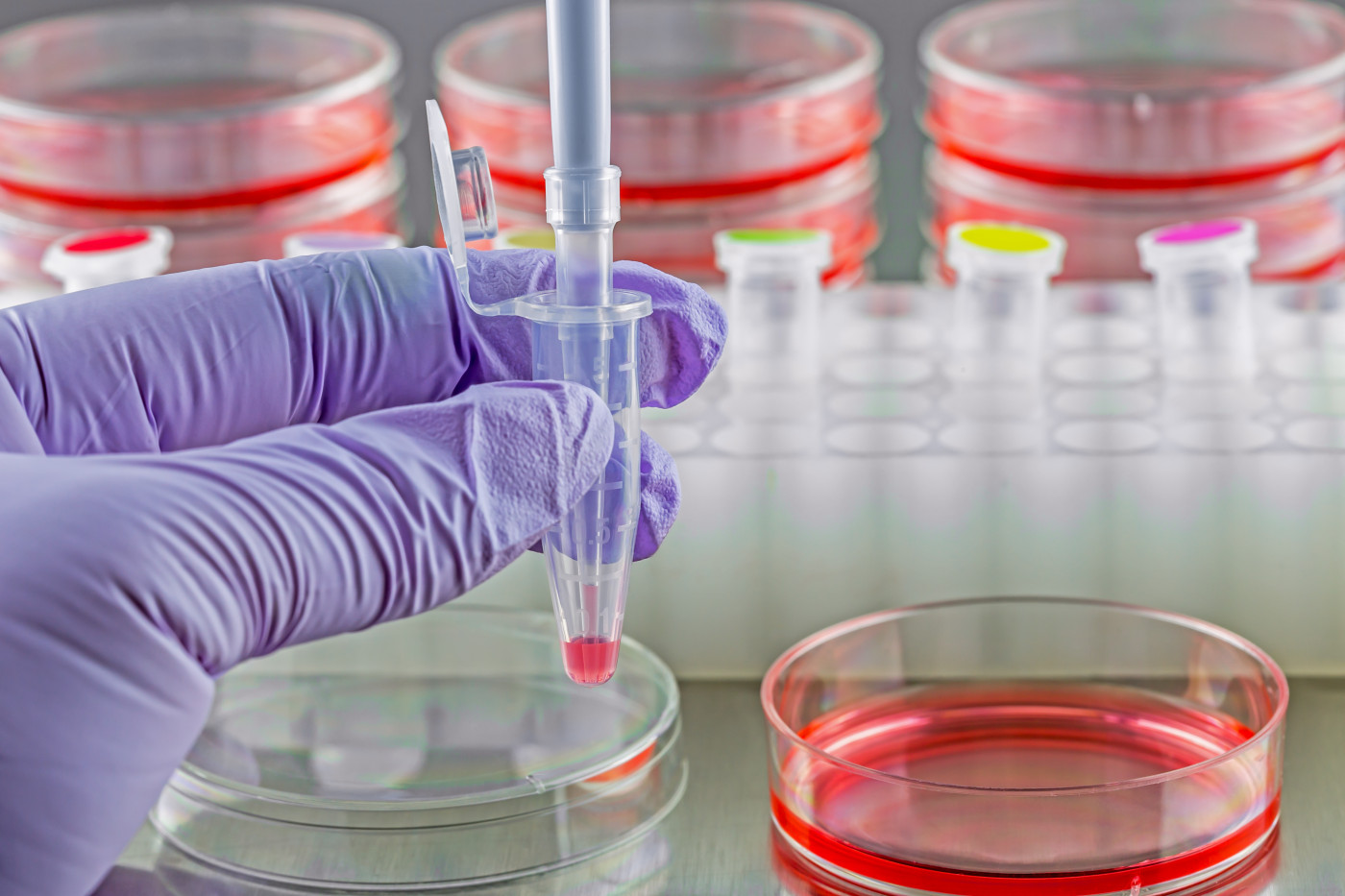GSK Researchers Identify Potential Target for Therapeutics to Promote MS Remyelination
Written by |

Researchers at GlaxoSmithKline (GSK) have identified the histamine receptor 3 (H3R) as a potential new therapeutic target for promoting remyelination in patients with multiple sclerosis (MS).
Their study “Histamine Receptor 3 negatively regulates oligodendrocyte differentiation and remyelination,” appeared in the journal PLOS One.
Regrowth of myelin is known as remyelination. Myelin is the protective layer covering nerve cell axons required for effective nerve signal transmission. Failure of the so-called oligodendrocyte precursor cells to produce myelin is among the underlying causes for impaired myelin tissue repair in MS patients.
“Agents promoting oligodendrocyte precursor cell differentiation have the potential to restore halted and/or delayed remyelination in patients with multiple sclerosis,” authors wrote.
Until recently, researchers had identified very few therapeutic targets for myelin repair. The current study employed a screening strategy that identified H3R as a potential target for remyelination.
Of about 1,000 compounds, 36 promoted oligodendrocyte precursor cell differentiation into myelinating oligodendrocytes, and seven of them belonged to a class of H3R antagonists, or compounds that blocked H3R activity.
H3R regulates the release of neurotransmitters in the central nervous system “and has attracted interest as a potential drug target for the treatment of various chronic neurological disorders, including Alzheimer’s disease and schizophrenia,” researchers wrote.
The team validated the findings by performing additional experiments, either testing other compounds that blocked H3R activity or by decreasing the receptor’s presence in cells. Both strategies showed that “the constitutive activity of H3R negatively regulates the oligodendrocyte differentiation process.”
Researchers then infused in vivo mouse models of demyelination with a H3R inverse agonist — a compound that binds to the receptor as an agonist (activator) but instead blocks the receptor’s action. This agonist is called GSK247246.
Results showed that “systemic administration of brain-penetrable GSK247246 enhanced remyelination and subsequently protected axons.”
In one model, GSK247246 increased myelin expression and the number of mature oligodendrocytes; in a second model, GSK247246 treatment increased the number of newly formed myelin sheaths and the total number of axons.
The high expression of H3R in oligodendrocytes within lesions lacking myelin found in MS human samples further supports the clinical relevance of these findings for MS patients. In addition, researchers found that a variation in a single nucleotide of the H3R gene is associated with susceptibility to MS.





